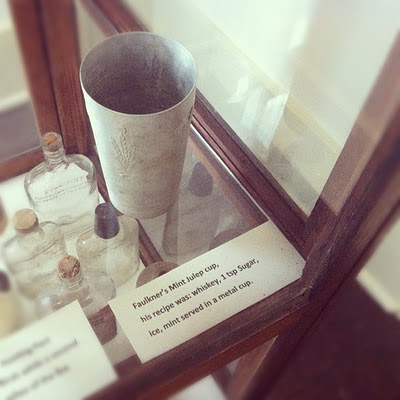Les Blank made quiet, affectionate films about quirky subjects. Many of his films paid homage to the music and food he loved—The Blues Accordin’ to Lightnin Hopkins and Yum Yum Yum! A Taste of Cajun and Creole Cooking. Blank was a lover of many traditional American musical forms. Some of his movies are the only known filmed documents of artists who are now gone.
Blank died April 7 at his home in Berkeley, California. He leaves behind a catalog of films that seem small but in fact take on the biggest subjects: humanity, love, commitment, joy and individualism.
In Gap-Toothed Women, Blank creates a singular love letter to women who shun orthodontics and embrace their diastema (the gap between the two front teeth). The film explores the origins of the belief that women with this feature are unusually lusty (think of Chaucer’s “gap-toothed wife of Bath”) and ends up celebrating unconventional beauty.
One of his most interesting works developed out of an inside joke. Blank was a friend of the director Werner Herzog. Herzog, in turn, had mentored the young filmmaker Errol Morris, who was making his first film, Gates of Heaven. In a characteristically dark attempt to be encouraging, Herzog quipped that he would eat his shoe if Morris completed the film.
A man of his word, Herzog later ate the shoe in front of an audience inside Berkeley’s U.C. Theater. Food pioneer Alice Waters cooked the shoe for five hours in garlic and wine. Blank filmed the event in 1980 and, true to his style, stepped back from the subject and created a film about making honest art. You can watch it above.
Kate Rix writes about digital media and education. Visit her website: .
If you would like to sign up for Open Culture’s free email newsletter, please find it here. Or follow our posts on Threads, Facebook, BlueSky or Mastodon.
If you would like to support the mission of Open Culture, consider making a donation to our site. It’s hard to rely 100% on ads, and your contributions will help us continue providing the best free cultural and educational materials to learners everywhere. You can contribute through PayPal, Patreon, and Venmo (@openculture). Thanks!
Related Content:
Werner Herzog and Cormac McCarthy Talk Science and Culture
Errol Morris: Two Essential Truths About Photography
Portrait Werner Herzog: The Director’s Autobiographical Short Film from 1986



